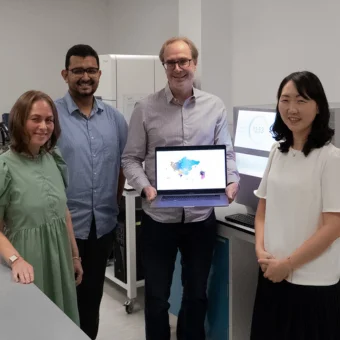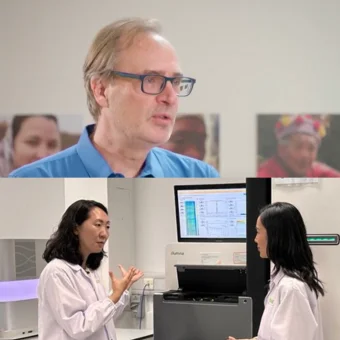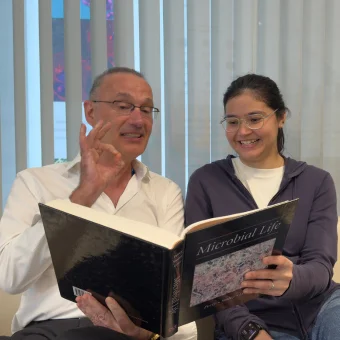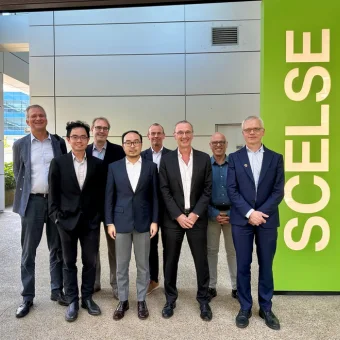Bacterial Building Blocks
In the waters around coastal cities, building blocks of bacteria may abound. Specifically, diverse marine bacteria come together to form solid and dense aggregates known as biofilms, creating an optimal environment for other organisms such as corals, kelp, and sponges to gather.
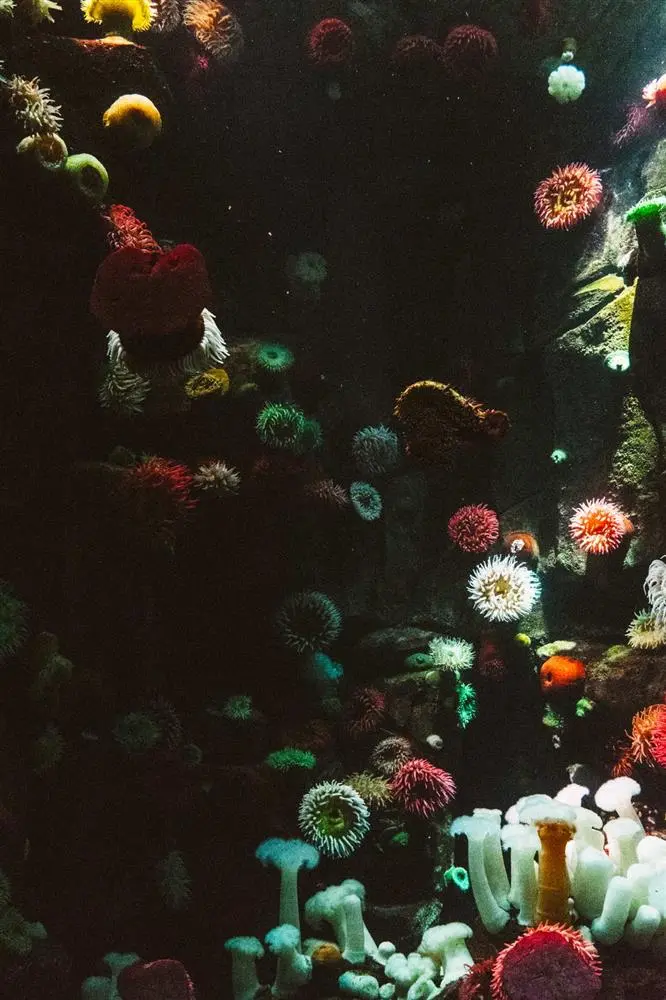
Photo by Scott Webb from Pexels
- Featured
- 14 Jun 2021
Like the social dynamics of any gathering, the newly formed bacterial communities behave and cooperate in different ways when they come together. Different species could collaborate to produce chemicals that defend against pathogens and recruit other organisms to further strengthen the community, says SCELSE’s Deputy Research Director (Biofilm Biology), A/Prof Scott Rice.
A/Prof Rice’s scrutiny on these underwater gatherings in his research is aimed at understanding how this recruitment process could build and strengthen marine ecosystems, a pressing issue for at-risk coastal cities facing rising sea levels under the current climate crisis. This may have beneficial consequences when applied to physical structures that act against the threat of rising sea levels, for example seeding into sea walls biofilm-forming bacteria that attract algae growth and increase the chances of coral formation. This also has the effect of encouraging marine biodiversity in the local waters. “By increasing the density of organisms on these structures you also then increase the local diversity within that sort of near-shore marine system,” says A/Prof Rice.
For a fuller picture of what goes on underwater, Nature dips into how A/Prof Rice and SCELSE’s marine biofilm and biodiversity research paves the way towards sustainable solutions for the environment.
